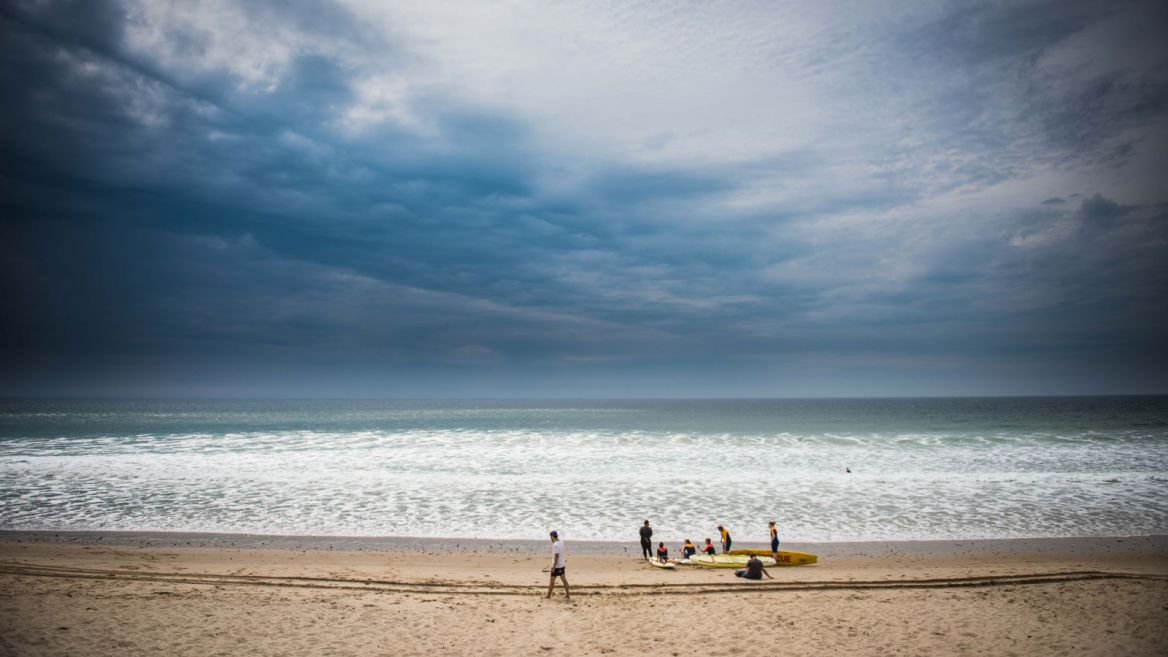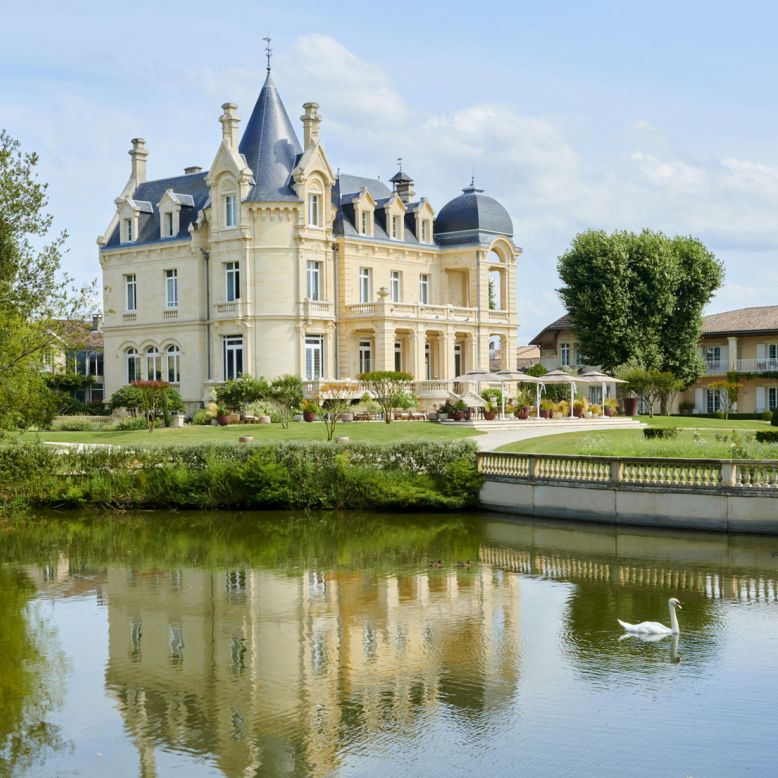- Home page
- Tourism
- Discover
- Visit Gironde
- Médoc and Haut Médoc
- Visit Gironde
- Discover
- Tourism
Médoc and Haut Médoc
Automatic translation
The Médoc, between vineyards, estuary and ocean
When we think of Médoc, we immediately think of: the vine and its exceptional wines, the vision of a wine-growing region with a worldwide reputation with 60 grands crus classés. But, it is also for all nature lovers, the smell of maritime pines, the ocean and its beautiful wild beaches, the great lakes and the Gironde estuary.
These entities, Médoc Viticole with its limestone lands and Médoc maritime, with the Atlantic coast and the Verdon, mark the limit with the Gironde estuary. They come together to form a territory where the preservation of the environment and natural spaces dominate.
The best idea: book a unique tour of the region's producers on the intuitive ruedesvignerons.com platform. Accessible all year round, it allows novice wine lovers and connoisseurs alike to enjoy the finest wine and spirits experiences in Médoc and Haut-Médoc. Tours, meals, workshops, tastings, wine courses... The options are varied and tailor-made to immerse you in the heart of the vineyards, among small producers and large estates. Simply log on, select the region, date, number of people, and desired language before clicking: it's booked! An instant confirmation is sent to validate your unique experience in the Médoc and Haut-Médoc.
Info: children are not forgotten, with family visits to châteaux.
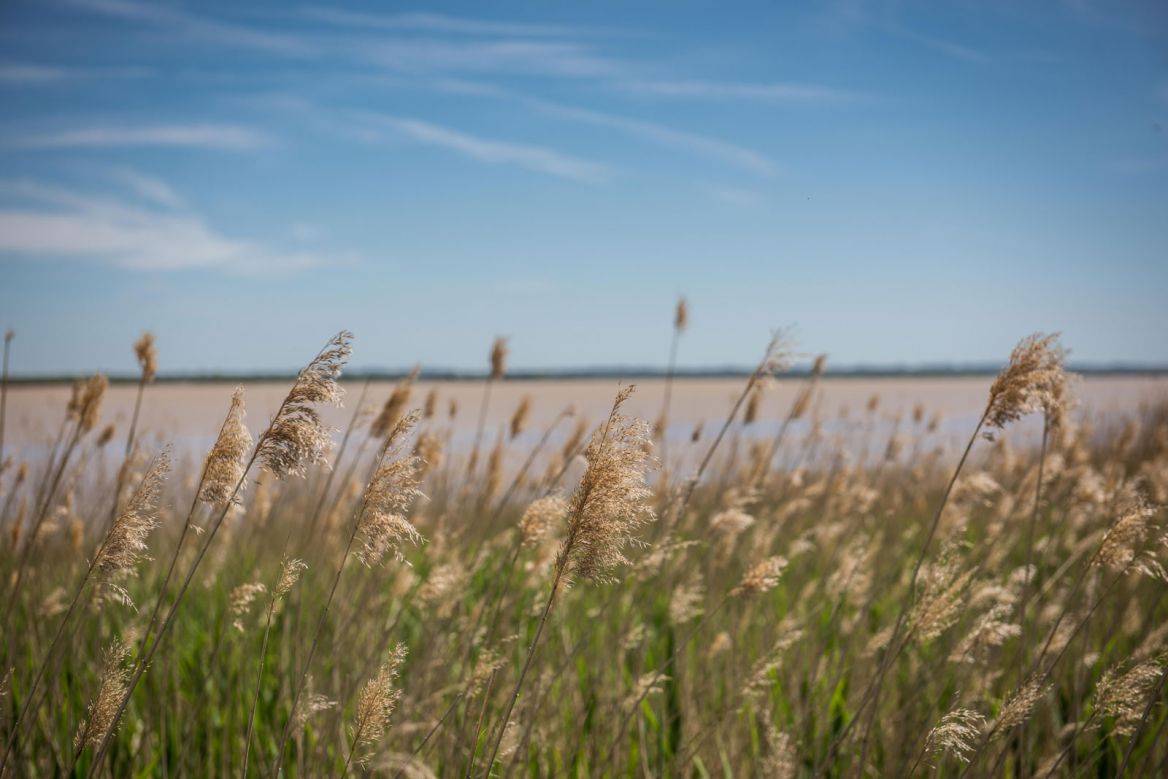
The Médoc occupies the northwest of the Gironde department.
Lesparre-Medoc, a sub-prefecture of the Gironde, is in some way its administrative capital and an ideal place, because it is quite central. It will allow you to crisscross the region towards the estuary, the ocean and the hinterland of the Haut-Médoc and its vineyards. The town hosts a Médoc wine fair in the first week of August.
From Bordeaux to Soulac, the Médoc produces eight prestigious appellations : Haut-Médoc, Margaux, Médoc, Moulis-en-Médoc, Listrac-Médoc, Pauillac, Saint-Estèphe and Saint-Julien. Wine tourism has developed and many family properties and châteaux are open to visitors year-round or on special days.
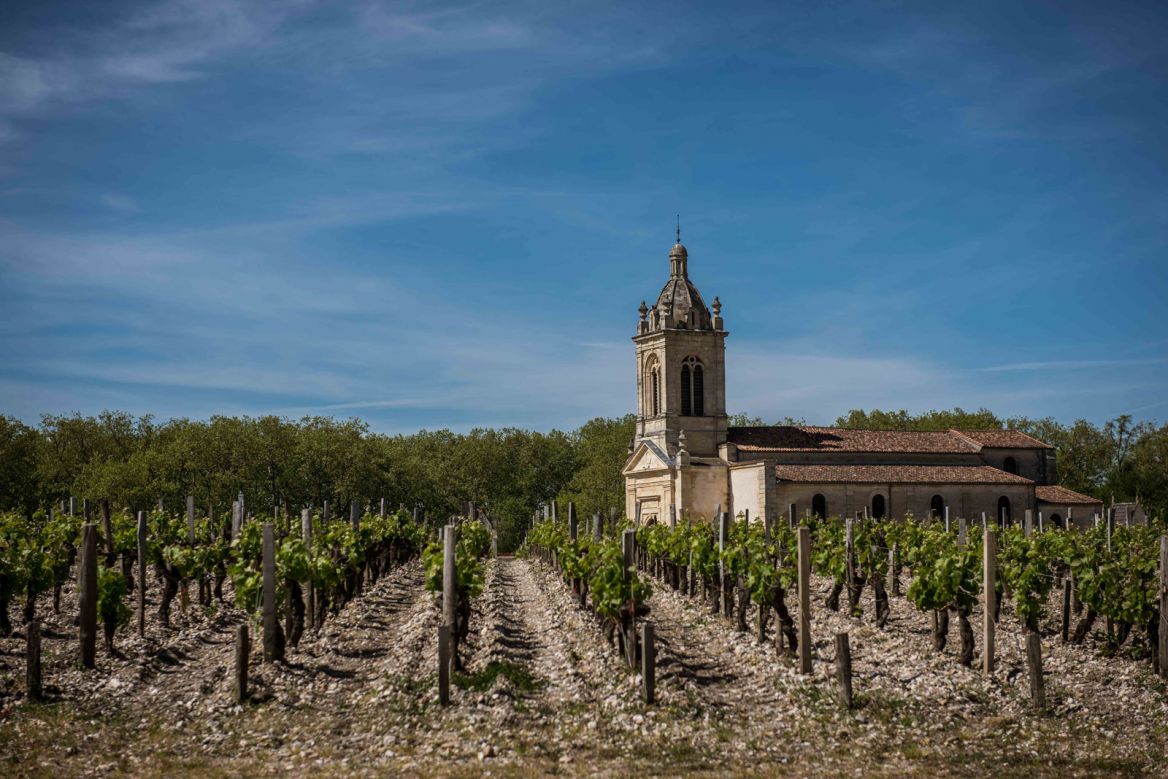
To the rhythm of the estuary
On the banks of the Gironde estuary, you can discover picturesque little towns whose history is largely linked to the nourishing river.
- Port Macau dates back to the Gallo-Roman era. Its marshes, its port, its islands and its beautiful residences constitute a unique heritage, as does its small 12th century church, remodeled in the 19th century and listed for its fortified bell tower.
- The small port of Issan offers a lovely view of the Margaux vineyards, premier grands crus classés and its small village.
- The Port of Lamarque is considered the gateway to the Médoc. The ferry transports passengers, bicycles and cars from one bank of the Gironde to the other, from Lamarque to Blaye. In the town, the Saint Seurin church, with its dome, renovated in 2005, its four large bull's-eye windows opening onto the estuary and the Médoc is quite original, as is its staircase, Escher type, reminiscent of the staircase leading to the monastery library in the film " The Name of the Rose ", taken from the work of Umberto Eco.
From island to island
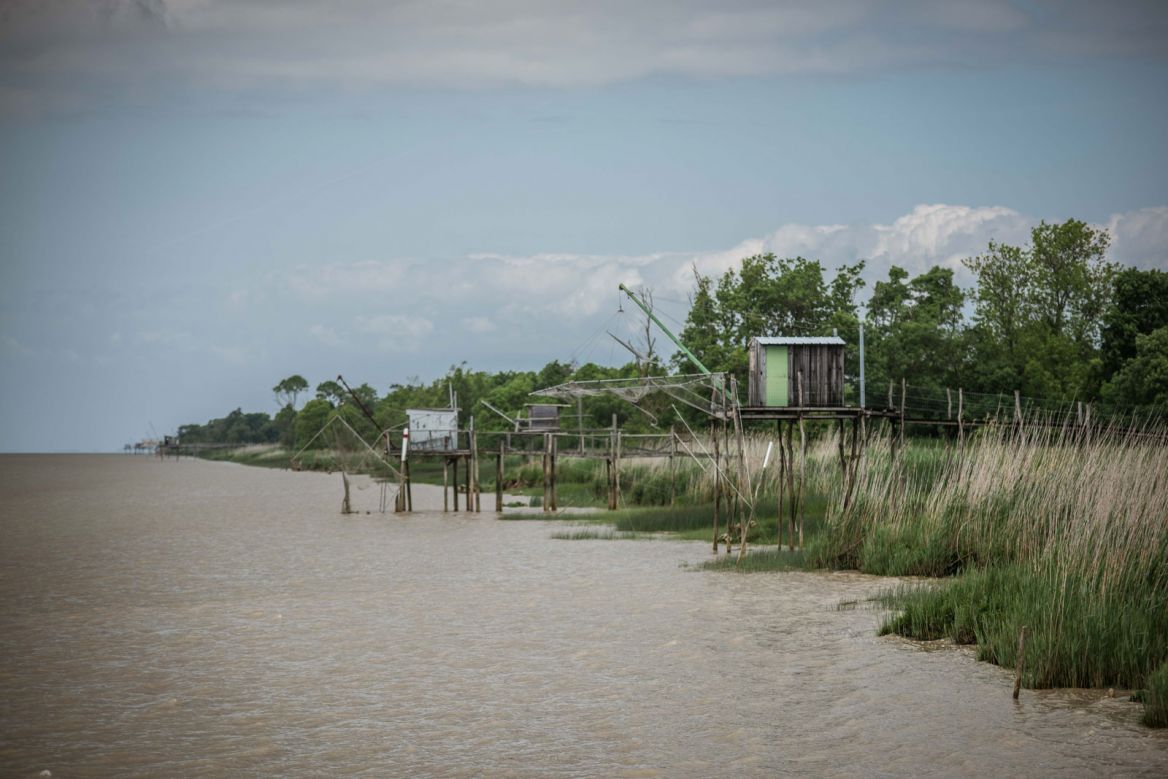
The Gironde estuary has a whole string of islands, between the Médoc and the Blayais, deserted or long inhabited, visitable or secret, havens of peace, planted with vines, paradises of fauna and flora. These are privileged stopover places, now belonging for the most part to the Conservatoire du Littoral. Their names are:
- Green Island (born from the merger of the Cazeau Islands, North Island, and Green Island);
- New Island (born from the union of Bouchaud Island and Sans-Pain Island);
- Patiras Island and its lighthouse;
- Margaux Island ;
- Ile Pâté (private property) housing the fort of the same name which constitutes with Fort-médoc;
- The Citadel of Blaye, the famous defensive triptych of Bordeaux, “the lock of the estuary” listed as a UNESCO world heritage site since 2008.
Built in 1691 by Vauban, the fort has been the property of the commune of Cussac-Fort-Médoc since 1930, located between vineyards (Saint Julien) and the estuary.
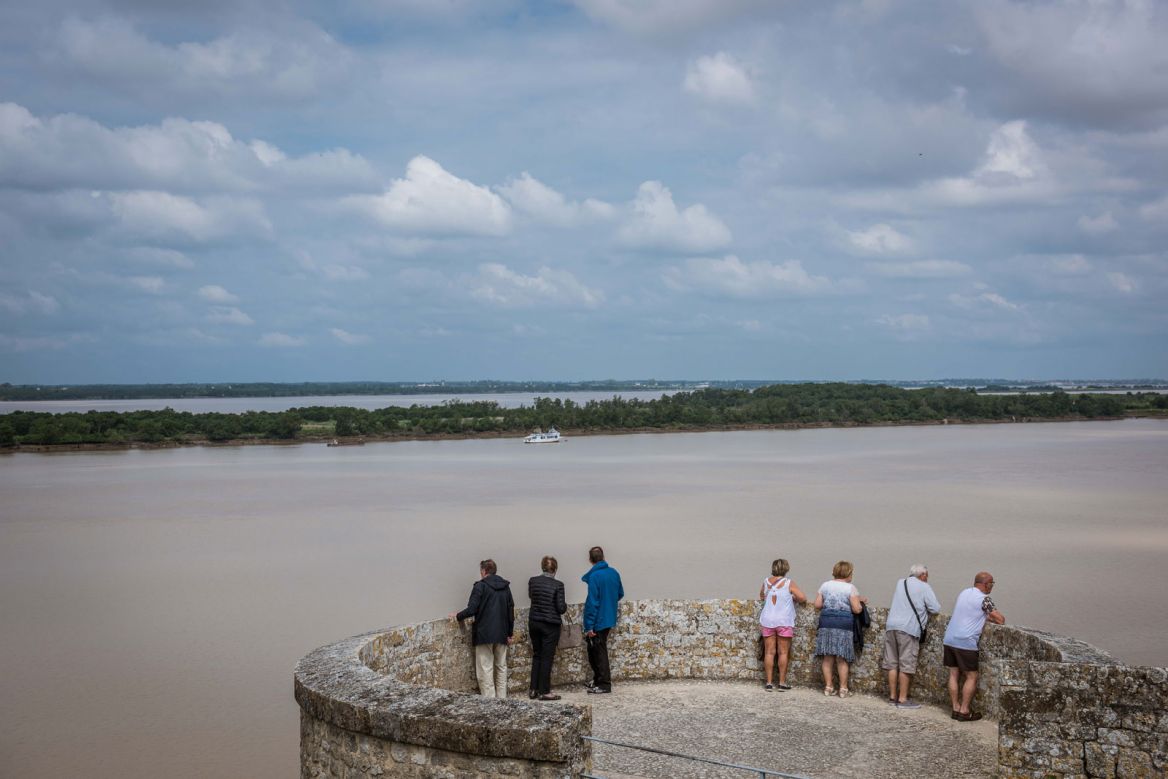
In the middle of the vineyards
Pauillac, a small town on the river, is the capital of the Médoc wine region. It is known worldwide for being home to three prestigious premier crus classés: Mouton-Rothschild, Latour and Lafite-Rothschild. It is home to around a hundred wine estates. It also has a fishing port and a small marina. Along the banks, typical huts with huge rectangular nets await fishermen.
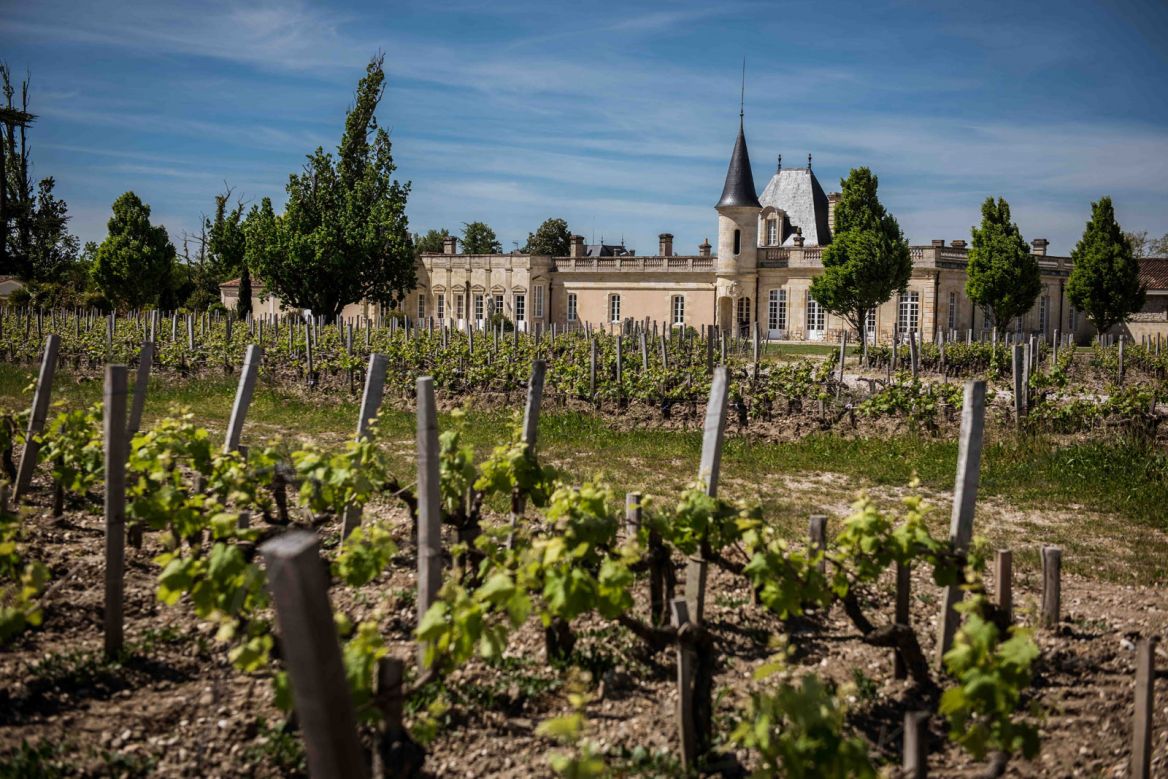
From Pauillac, you can go to the Isle of Patiras, sail between the islands of the Gironde and go to the "Vauban lock". The small Saint-Martin church has the particularity of being topped with a pediment inspired by Greek art. By stopping at the Maison du Tourisme et du Vin, you will discover the 8 appellations of the Médoc and 300 references available for sale.
In July and August, several events and meetings are offered by winegrowers who will let you taste their products.
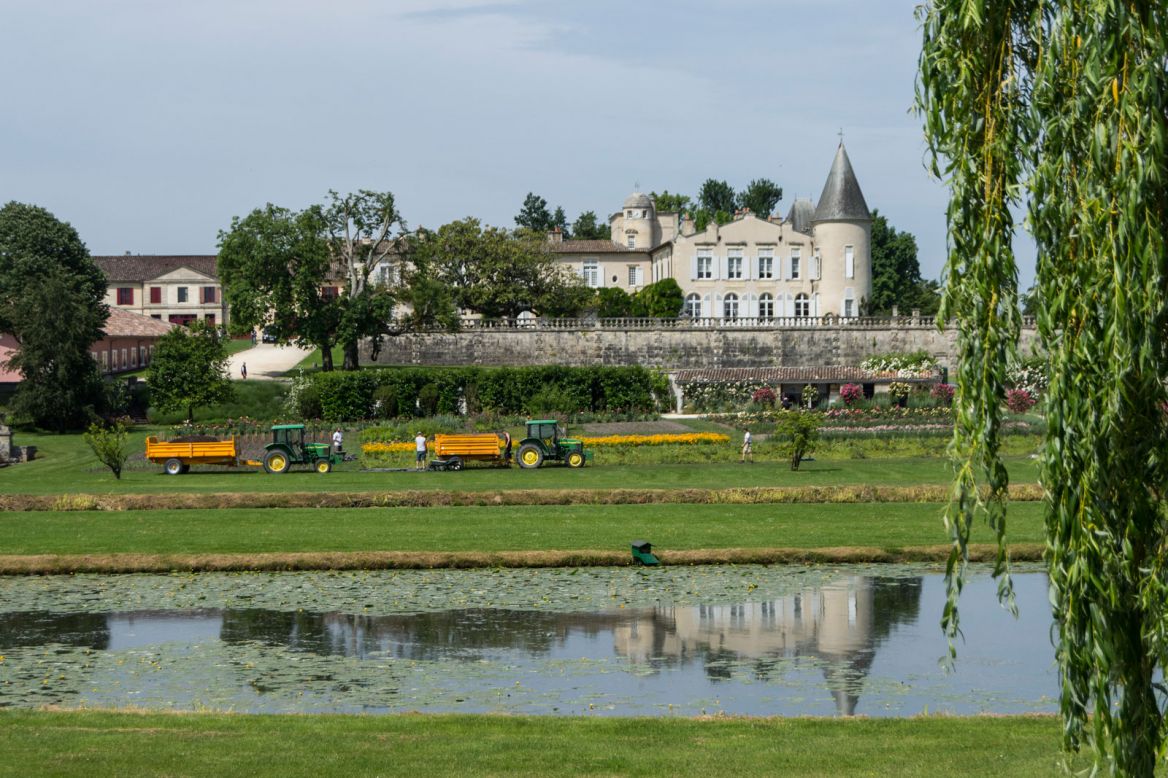
Near Pauillac, in the small hamlet of Artigues, a replica of the Lourdes grotto has become a place of pilgrimage. Another curiosity, the small hamlet of Bages, completely restored by the Cazes family, owner of the Lynch Bages castle has come back to life. It houses the Cordeillan-Bages castle, a relay and castle, a bakery. Still in the vicinity of Pauillac, the abbey church of Vertheuil is a jewel of Romanesque art.
Moulis en Médoc attests to human presence since the 1st century. Remains of a Gallo-Roman villa have been found. Its Saint-Saturnin church is a fine example of Romanesque art. From the village, you can take a 12 km walk winding through the vineyards. The Maucaillou castle is home to a museum of the arts and crafts of the vine and wine.
Saint-Estèphe is both facing the estuary and is home to prestigious châteaux including 5 grands crus classés. Fishing is a real institution. You can admire the carrelets at water level - emblematic heritage of the estuary - the church of Saint-Estèphe is the only baroque church in Gironde.
Beautiful and rebellious
All along the Médoc region, there are beautiful beaches that have kept their wild and preserved character.
Verdon-sur-mer at the tip of the Médoc
The Verdon is located at the mouth of the estuary. On the opposite bank, it is the Pointe de Grave where the Cordouan lighthouse is erected, nicknamed the Versailles of the seas, located in the department of Charente-Maritime and which can be reached by speedboat.
Since 2004, the Verdon has been home to a huge marina, Port-Médoc. During the Second World War, the Verdon was at the centre of the Atlantic Wall, as evidenced today by the many blockhouses (more than 350 up to Soulac). Between marshes, beaches and the ocean, Le Verdon-sur-mer is an ideal place for a family holiday.
Soulac-sur-mer, family seaside resort
Picturesque with its charming little villas from the beginning of the 20th century and its 7 kilometers of beach, Soulac is one of the first seaside towns to have instituted sea bathing. It has also been a center of pilgrimage since the 14th century with the church Notre-Dame-de-la-Fin-des-Terres, classified as a UNESCO world heritage site, as part of the Saint-Jacques routes.
In the summer, a small tourist train runs from Pointe de Grave to Soulac - les Arros. This 7 km long railway line offers beautiful views of the forest, the Atlantic Ocean and the Cordouan lighthouse offshore.
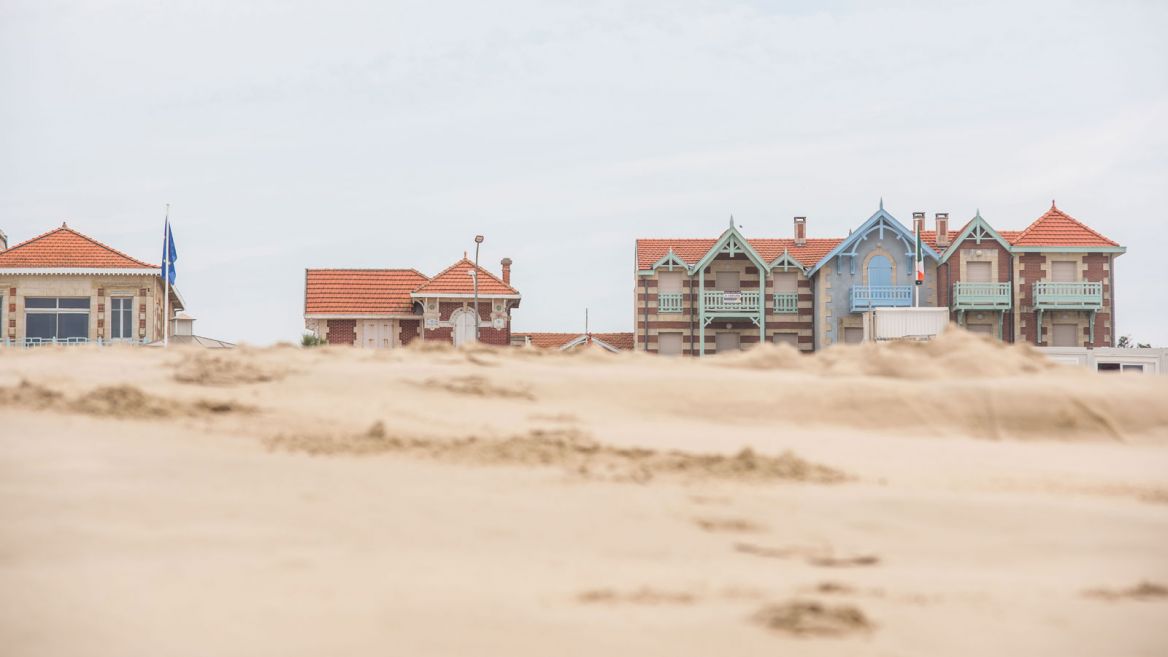
Vendays-Montalivet attracts naturists
Between forests (6000 hectares), beaches (12 km), marshes and ocean, it is a protected natural site. Montalivet is home to several naturist beaches. On the edge of the forest, the La Grange du patrimoine museum presents the Médoc over 100,000 years of history.
Adventure Park
Adventure Park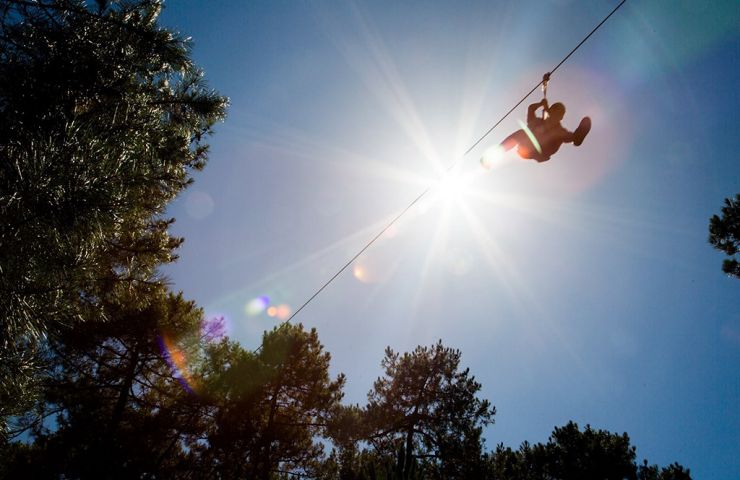
Relax and have fun outdoors, in the middle of the forest! Come and discover a leisure park in a unique natural ...
6,3 km - Vendays-Montalivet
Adventure Park
Adventure Park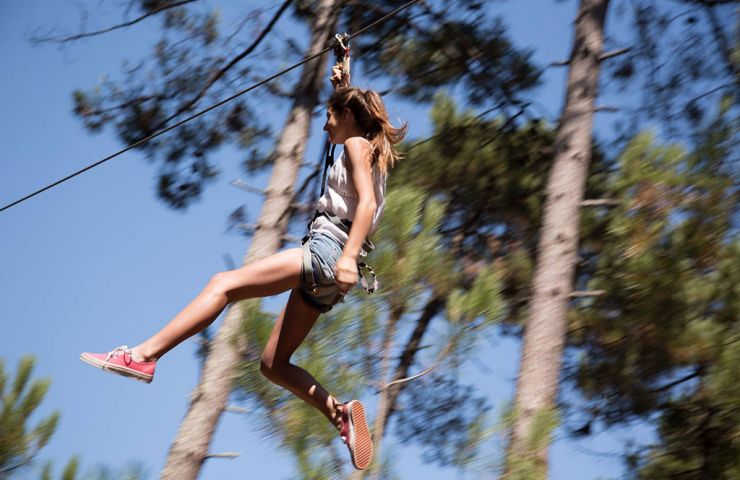
Relax and have fun outdoors, in the middle of the forest! Come and discover a leisure park in a unique natural ...
6,3 km - Vendays-Montalivet
Animalia Parc
Animalia Parc
Animalia Parc: A life-size farm and much more Immerse yourself in the idyllic setting of Animalia Parc, a unique ...
10,1 km - Naujac-sur-Mer
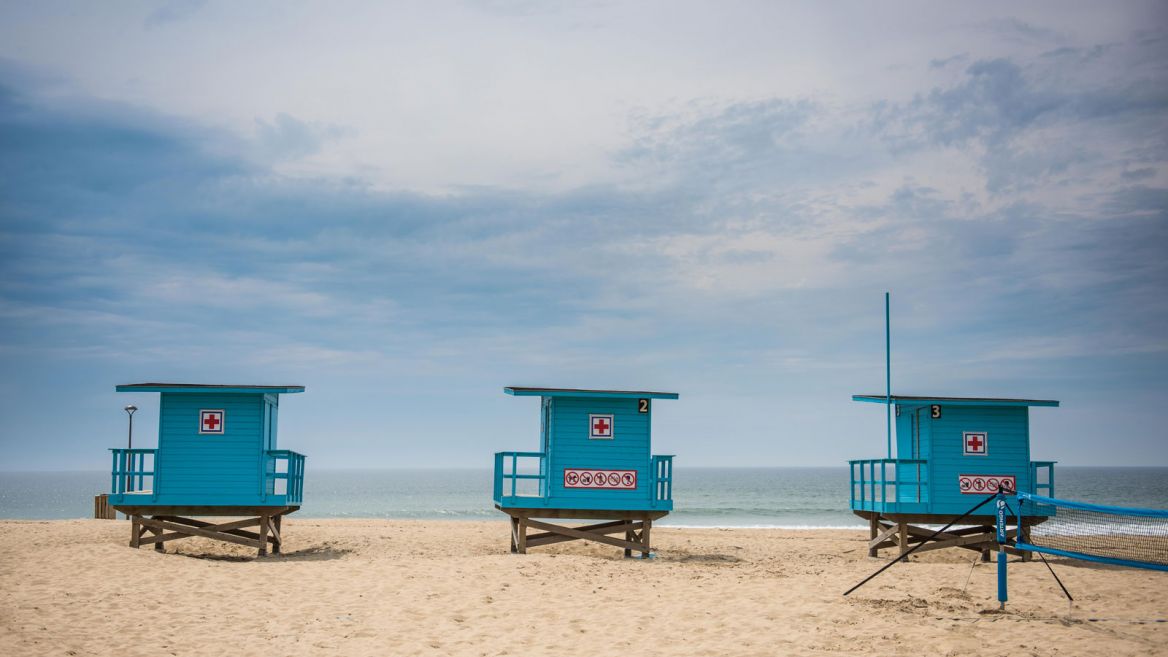
Carcans, Lake, beaches and ocean
Carcans, with its 15 kilometers of beach, seduces lovers of waves and surfing. More peaceful Carcans-Maubouisson, on the edge of Lake Hourtin-Carcans, the largest freshwater lake in France, 18 km long by 4 km wide, in the heart of a pine forest, is appreciated by families and lovers of sailing, water sports or nature sports.
In the heart of the Hourtin nature reserve, the Contaut lagoon invites you to discover exceptional flora and fauna, with unique biodiversity. 120 kilometers of cycle paths have something to seduce all lovers of the little queen. You can also surf at the ocean's edge at Hourtin-Plage.
Pino Chapito
Pino Chapito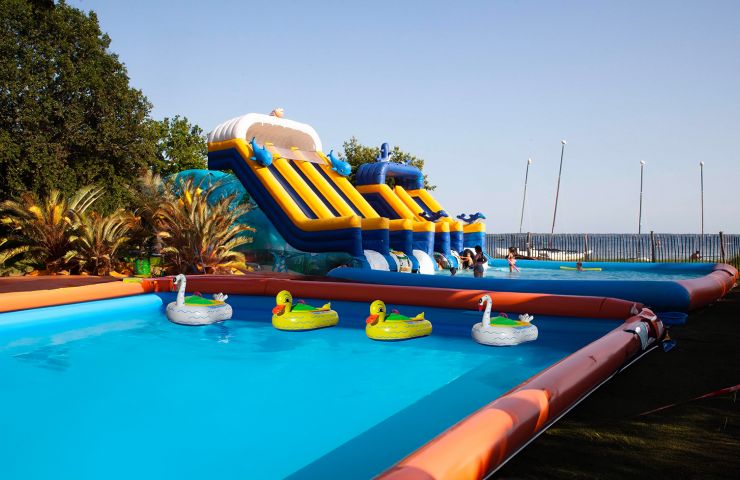
Welcome to Pinochapito Leisure Park, located at Lake Moutchic in Lacanau, where fun takes on a whole new dimension! ...
11,1 km - Lacanau
He'enalu Surf School and Nature
He'enalu Surf School and Nature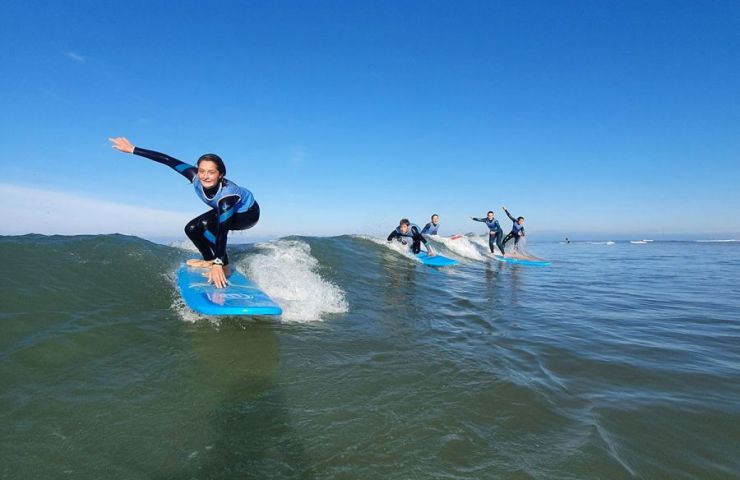
He'Enalu Surf School and Nature, a friendly surf school in Carcans-Plage In the heart of the Médoc region in ...
11,4 km - Carcans
Excursion aboard the Vagabond du Lac
Excursion aboard the Vagabond du Lac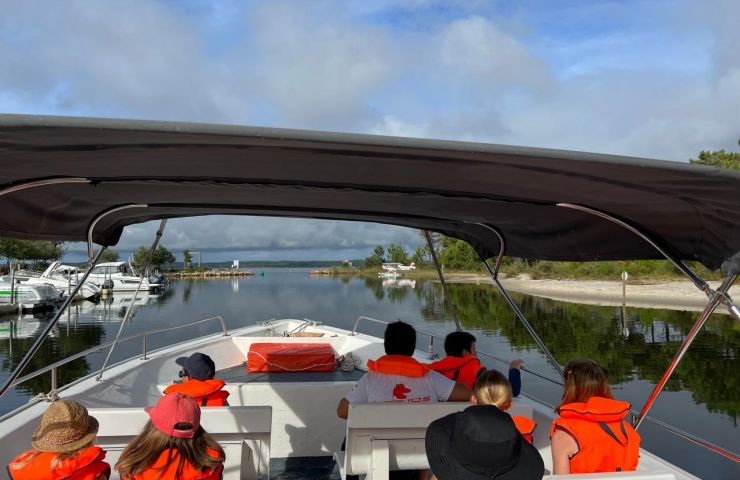
Embark aboard the Vagabond du Lac: Discover Lake Hourtin A boat trip on Lake Hourtin invites you to explore the ...
11,8 km - Hourtin
Lacanau-Océan, surfing on the horizon
Originally a small seaside resort whose first villas appeared in 1906, Lacanau has today become, with its legendary waves, the Mecca of European surfing. In mid-August, the world championships of the discipline take place.
Surrounded by pine trees and dunes, with 16 kilometers of beaches, it is also a very natural place, populated with immense forests, and where several kilometers of cycle paths have been laid out.
Lacanau-Lac and its 21 km2 expanse of water is very popular with boating enthusiasts and fishermen. With its lush vegetation, it is a paradise for migratory birds and many animal species, a place conducive to observing flora and fauna. After the Cousseau Pond and the Hourtin marshes, the Lacanau Lake biological reserve is the third Médoc site classified as a nature reserve.
Pino Chapito
Pino Chapito
Welcome to Pinochapito Leisure Park, located at Lake Moutchic in Lacanau, where fun takes on a whole new dimension! ...
5,3 km - Lacanau
Spa Vitalparc
Spa Vitalparc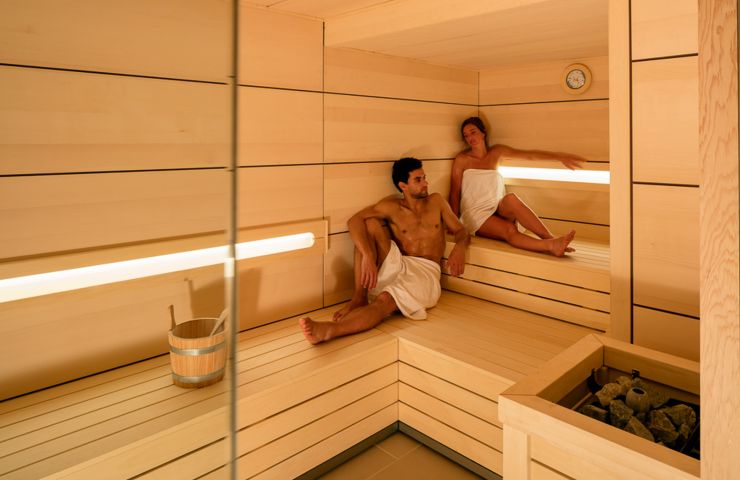
The VitalParc Spa: a bubble of well-being between pine forest and ocean Nestled in the heart of unspoiled nature, ...
7,2 km - Lacanau
He'enalu Surf School and Nature
He'enalu Surf School and Nature
He'Enalu Surf School and Nature, a friendly surf school in Carcans-Plage In the heart of the Médoc region in ...
14,6 km - Carcans
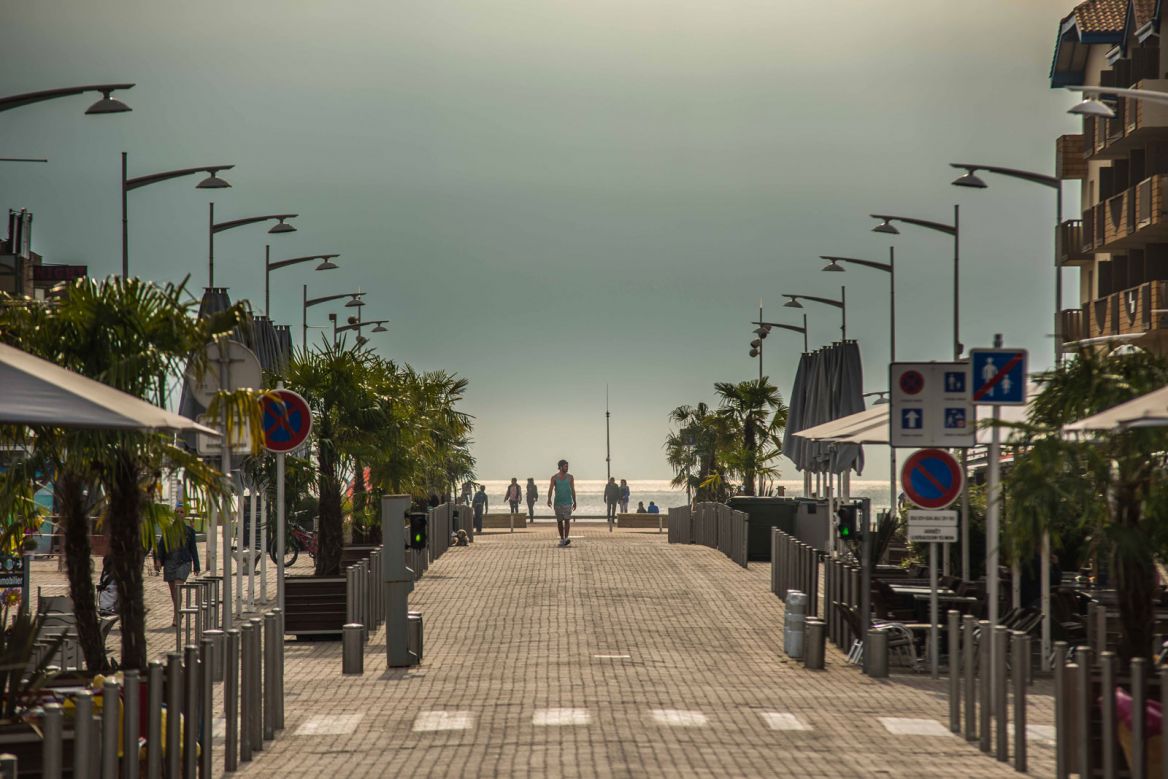
Le Porge, the last seaside resort in the Médoc
Its coastline, preserved from construction, offers a wilder environment and a playground suitable for outdoor sports.
Numerous hiking trails allow you to explore the 10,000 hectares of pine forests or near the dunes. With its 13 kilometers of ocean beaches, it is a quiet, peaceful place for a vacation close to nature.
